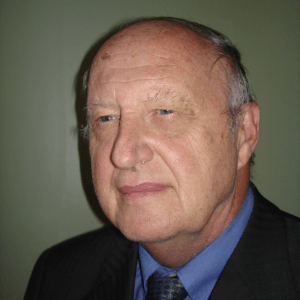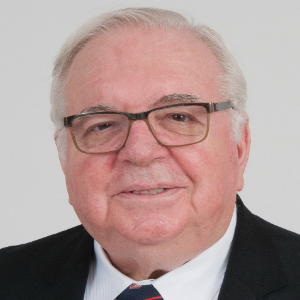A coating material is applied to a moving web of flexible substrate during the coating process. The carrier substrate can be paper, film, or aluminium foil, and the extra qualities of the final material will vary depending on the application and end-use. The composition and processing factors have a big impact on coating application and performance. Coatings with qualities ranging from wholly ceramic to purely organic have quite varied properties, but they can provide crucial benefits to a component. Understanding the operating requirements, as well as candidate application methods and supply chain factors, is necessary for selecting the most appropriate coating type and deposition process.
Surface engineering is a broad term that encompasses a variety of techniques for modifying the surface properties of metallic and non-metallic components for ornamental and/or functional objectives. Improving corrosion and wear resistance to increase component life; making objects more visually appealing; and adding specific features like lubricity improvement, non-stick surfaces, and so on are just a few examples. Surface engineering is a sub-discipline of materials science concerned with solid matter's surface. Chemistry, mechanical engineering, and electrical engineering are among the fields where it can be used (particularly in relation to semiconductor manufacturing).
- Surface Coating
- Recent advances in surface engineering and coating technologies
- Processes
- Properties/performance
- classification of surface layers

Ephraim Suhir
Portland State University, United States
Thomas J Webster
Interstellar Therapeutics, United States
Robert Buenker
University of Wuppertal, Germany
Will Skene
Montreal University, Canada
Valeriy A Buryachenko
Micromechanics & Composites LLC, United States
Anis Rahman
Applied Research & Photonics, Inc, United States
Will Skene
Montreal University, Canada
Robert Guidoin
Laval University, Canada
Robert Buenker
University of Wuppertal, Germany


Title : Introducing picotechnology: An exciting extension of nanotechnology
Thomas J Webster, Interstellar Therapeutics, United States
Title : The failure of both einsteins space-time theory and his equivalence principle and their resolution by the uniform scaling method
Robert Buenker, University of Wuppertal, Germany
Title : Material challenges with proton conducting ceramics for intermediate temperature hydrogenation/dehydrogenation applications
Saheli Biswas, Commonwealth Scientific and Industrial Research Organisation, Australia
Title : Porphyrin layers at metal-electrolyte interfaces monitored by EC-STM and CV
Marek Nowicki, University of Wroclaw, Poland
Title : Color control of electrochromes by structural modification
Will Skene, Montreal University, Canada
Title : Make experiments more efficient: Two simple and powerful approaches. Mg2Si growth for photovoltaic and thermoelectric applications
Alexander S Gouralnik , Institute of Automation and Control Processes, Russian Federation
Title : Reconfigurable antenna structures using tunable materials
Nasimuddin, Institute for Infocomm Research, Singapore
Title : (0, 1 and 2) Dimensional hybrid architecture of the synthesized materials leads the smart sensing of the gaseous species at low/room temperature
D R Patil, North Maharashtra University, India
Title : Enhanced grain refinement, precipitates regulation, and improved mechanical properties of cast Al-Li alloy by Ti addition and heat treatment
Lixiong Shao, Shanghai Jiao Tong University, China
Title : Broadband sound attenuation of shape memory polymer with triangular-honeycomb unit cell metamaterial structural design
Musaab Ejaz, Universiti Teknologi PETRONAS (UTP), Malaysia